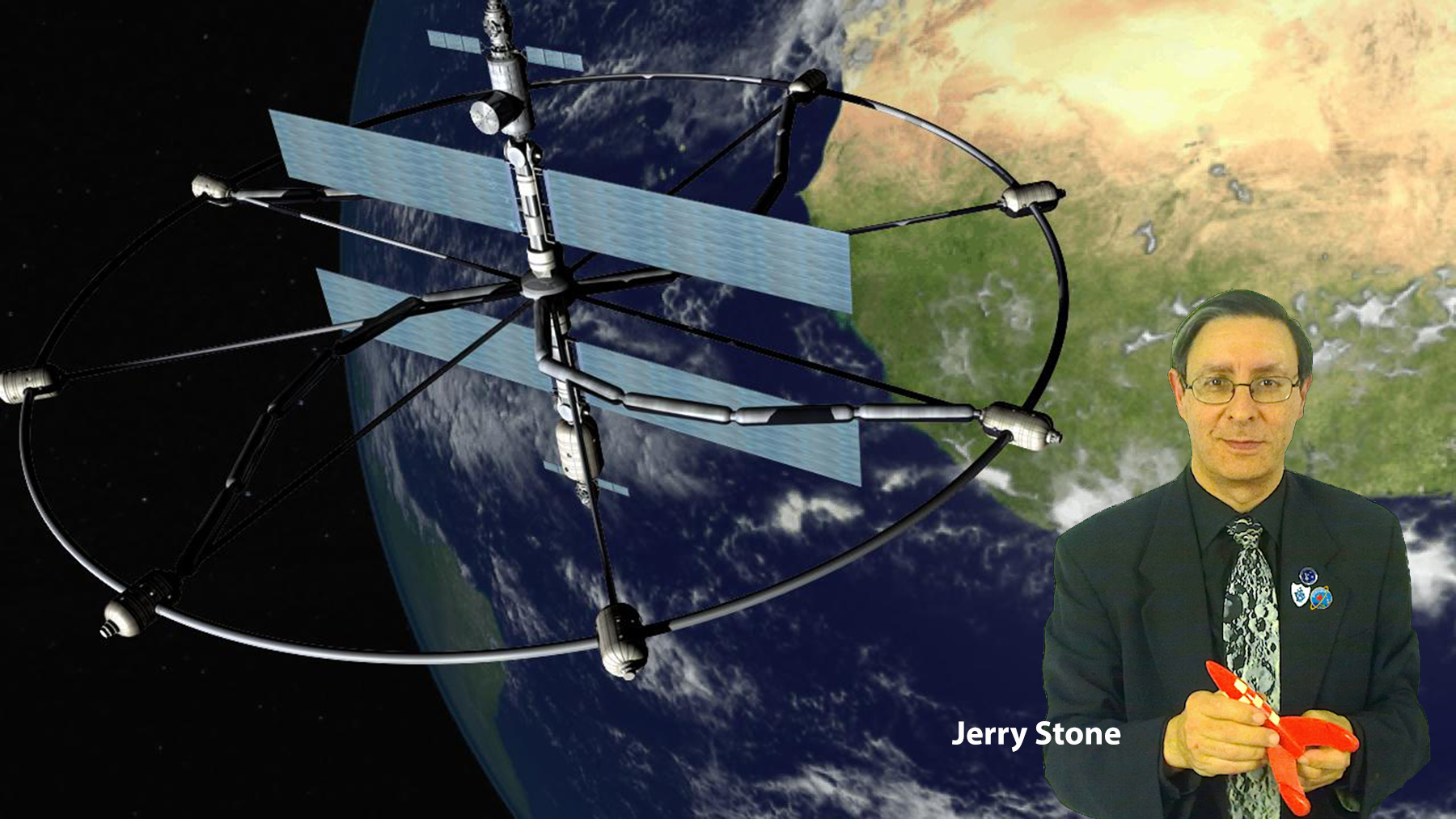
SRICA4 #01: Island Zero: A practical gateway to large-scale space habitats – with Jerry Stone

This is the preliminary webinar #01 of the IV SRI World Congress (SRIC4)
Abstract
In the 1970s, Gerard O’Neill developed plans for large space habitats. One that could house 10,000 people was a level of design known as “Island One”. This would be different from anything launched previously, as it would rotate to produce simulated gravity. Designs for space habitats have always assumed that they would operate under 1g. But do we need 1G? What about 0.9g, 0.8g or less? We’d need a much smaller structure first, to carry out the required medical research. This would also demonstrate the viability of some of the ideas behind space habitation, and later versions would house the personnel that will assemble the main structures. This initial unit is designated as “Island Zero”. Here is an opportunity to hear about this new development straight from the designer. “The most practical 1-g space station concept I have seen”
A short bio
Jerry Stone is a Freelance Space Presenter; running Spaceflight UK and giving presentations on a range of topics on astronomy and space exploration all over the UK and abroad. Jerry is a fellow of the British Interplanetary Society and the Royal Astronomical Society, a member of the Board of the Space Renaissance International, and chair of the Space Habitats Committee. He has ran a project at the British Interplanetary Society, to re-examine and update the original space habitat studies. This became the SPACE Project – Study Project Advancing Colony Engineering, which also resulted in a new design for what we called “Island Zero”, as described above.
Follow the Livestream on the Space Renaissance YouTube Channel: https://www.youtube.com/live/J7AW_NPKyJE
and click ‘going’ on the Facebook Event: https://www.facebook.com/events/1284186396575785/